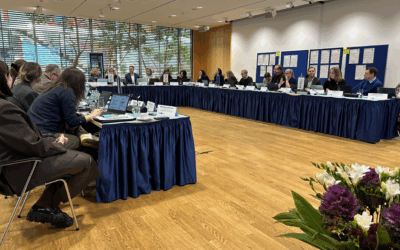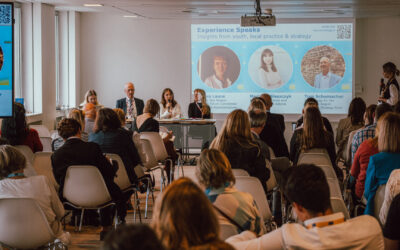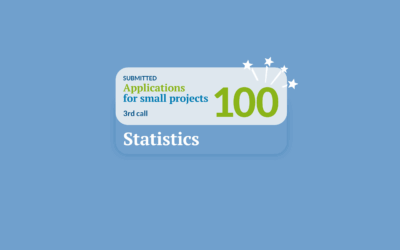
13 January 2023
First small projects help implement the EU Strategy for the Baltic Sea Region
Written by Elena Kolosova
Small projects for a macro-regional change
The first small projects in the Programme have considered well how their activities fit the framework of the EU Strategy for the Baltic Sea Region (EUSBSR), a macro-regional initiative that set out the strategic directions for the development of the countries around the Baltic Sea. These projects with smaller partnerships and smaller budgets help reach the objectives of the Strategy by initiating networks important for the region and bringing the activities closer to the people. Small steps are also important in reaching larger, macro-regional, objectives!
Supporting energy transition with the EUSBSR
Three small projects help increase the share of renewable energy in the Baltic Sea region, and thus contribute to the action in the EUSBSR policy area (PA) Energy. Partners build new networks and develop roadmaps for the production of offshore hydrogen in the BOWE2H project, solar energy and photovoltaic systems for households and companies in the PV 4 All project, and biogas for transport needs in the BEST ACE project. Thanks to this, the coordinators of the PA Energy can further strengthen the cooperation to facilitate the energy transition towards the carbon neutral economy and and help Europe achieve climate neutrality by 2050.
Petras Katinas, coordinator of the EUSBSR policy area Energy, Lithuanian Energy Agency
“Interreg is a powerful tool. It not only funds the needs of the small project and helps develop projects related to offshore wind and hydrogen, but it brings the best practices and people under one umbrella where people can share news from around the region.
Offshore wind and green hydrogen are the future of energy. The recently approved BOWE2H project serves the EU Strategy for the Baltic Sea Region by moving from fossil fuel to renewables and creating a more sustainable and cleaner environment.
During this project, we have an opportunity to build a great network of experts who share the best practices from offshore wind and hydrogen research and suggest the best ways to develop clean energy.”

Strengthening spatial planning on land and in the sea with the EUSBSR
Other two small projects develop innovative approaches for planning cities and the sea space. They contribute to the efforts of the EUSBSR policy area Spatial Planning to strengthen territorial cohesion through land-based spatial planning and to ensure coherent maritime spatial plans throughout the Baltic Sea. In the UrbanTestbeds.JR project, public authorities use artificial intelligence and storytelling to co-create sustainability and climate mitigation action plans for urban spaces together with the youth. This small project brings a citizens’ perspective to urban development and assists the PA coordinators in underpinning the adaptation, mitigation and resilience to climate change in land-based spatial planning. From the land to the sea, the project BalMarGrav harmonises data on the Earth’s gravity across the region to feed it into a new height reference system for safer navigation, offshore infrastructure and sea traffic management. The partners build up a regional network of gravity experts among hydrographers, geodesists and geologists. Using these inputs, the coordinators of the PA Spatial Planning can proceed with increasing the coherence of maritime spatial plans in the Baltic Sea.
Elīna Veidemane, coordinator of the EUSBSR policy area Spatial Planning, VASAB Secretariat, with her colleagues in VASAB and HELCOM
“Interreg BSR is a powerful tool which, through various types of projects, contributes to the achievement of the EUSBSR goals. Strategic goals of the EUSBSR PA Spatial Planning are defined by the regional policy framework adding spatial planning perspective to the EUSBSR – VASAB Vision 2040 and HELCOM Baltic Sea Action Plan, as well as joint HELCOM-VASAB Maritime Spatial Planning Roadmap 2021-2030.
For example, recently approved UrbanTestbeds.JR project will contribute to the implementation of the VASAB Vision 2040 that among many other issues focuses on urban resilience, improvement of citizen involvement and efficiency of planning systems. BaltMarGrav project aims to improve maritime spatial planning data availability in the Baltic Sea Region and support the work of HELCOM-VASAB MSP Data expert sub-group and its work on joint pan-Baltic maritime spatial planning data platform – BASEMAPS. All together projects support regional scientific network and help to engage broad stakeholders’ community into the implementation of regional policies.
We are looking forward to exchange with the project teams to learn more about the project outcomes contributing to the PA work.”
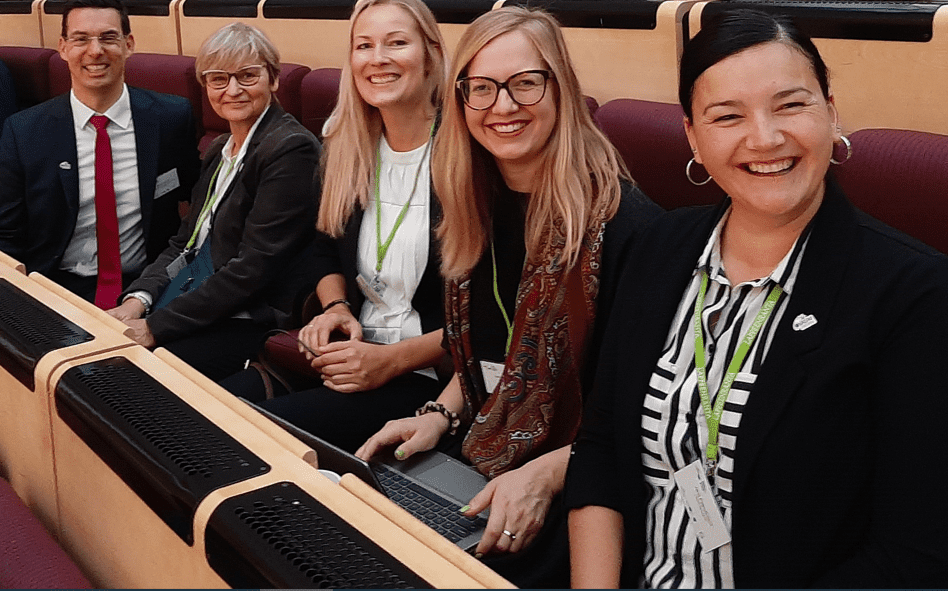
From left to right: Daniel Meltzian, VASAB chairperson, German Federal Ministry of the Interior and Community; VASAB Secretariat: Alda Nikodemusa, Elīna Veidemane, Liene Gaujeniete, Jana Patmalniece
Increasing tourism competitiveness with the EUSBSR
Small projects create also new connections among tourism and culture organisations. They advance the services of tourism and culture organisations to make them more competitive, so supporting the actions of the EUSBSR policy area Tourism on investing in people and skills and developing tourism in rural areas. In the BaMuR project, the partners help improve the attractiveness of museums, memory and cultural institutions and increase their engagement with visitors. So, the project assists the PA coordinators in modernising labour markets, advancing digital skills and technological innovation in tourism. The BaltSusBoating 2030 project creates a pan-Baltic cooperation platform to turn the region into a sustainable and competitive leisure boating destination. The partners work with small, mainly rural and tourism-driven, towns on the Baltic Sea coast, islands and archipelago. They support the PA Tourism coordinators in increasing the visibility and attractiveness of remote areas for tourism.
Magda Leszczyna-Rzucidło, coordinator of the EUSBSR policy area Tourism, Pomorskie Tourist Board
“We’re pleased to see EUSBSR PA Tourism-related projects like BaMuR and BaltSusBoating 2030 among the first approved Interreg BSR projects. Both projects align with PA’s Action Plan, namely action 1 “Transnational tourism development in remote and rural areas”.
In BaMuR, the museums’ support helps spread tourism benefits in rural areas, creating employment and a well-functioning infrastructure. It will improve the accessibility, visibility and attractiveness of the rural regions by making a more innovative and creative offer. We also see a direct connection with action 2 of PA Tourism “Investing in people, skills and technology in the tourism industry”, which is highly relevant when creating a modern, tailored tourist offer.
The idea behind another project, BaltSusBoating 2030, lies in the partners’ conviction that the boating destinations and institutional cooperation at the sub-BSR level, as done within previous projects (e.g. South Coast Baltic, East Baltic Coast) are too narrow for addressing specific markets and reaching certain target groups. Therefore, they team up and present the Baltic Sea as a single destination to use all its potential and create a competitive edge over other boating regions.
EUSBSR PA Tourism’s goal is to enhance the profile, visibility and attractiveness of the region as a preferred partner for tourism cooperation within the Baltic Sea area. Thus, we are happy to see the clear linkages between the BaltSusBoating2030 and BaMuR projects and the Strategy, as they bring added value and help reach the overall EUSBSR objectives. We look forward to cooperating with both projects and supporting them within our PAC capacity.”
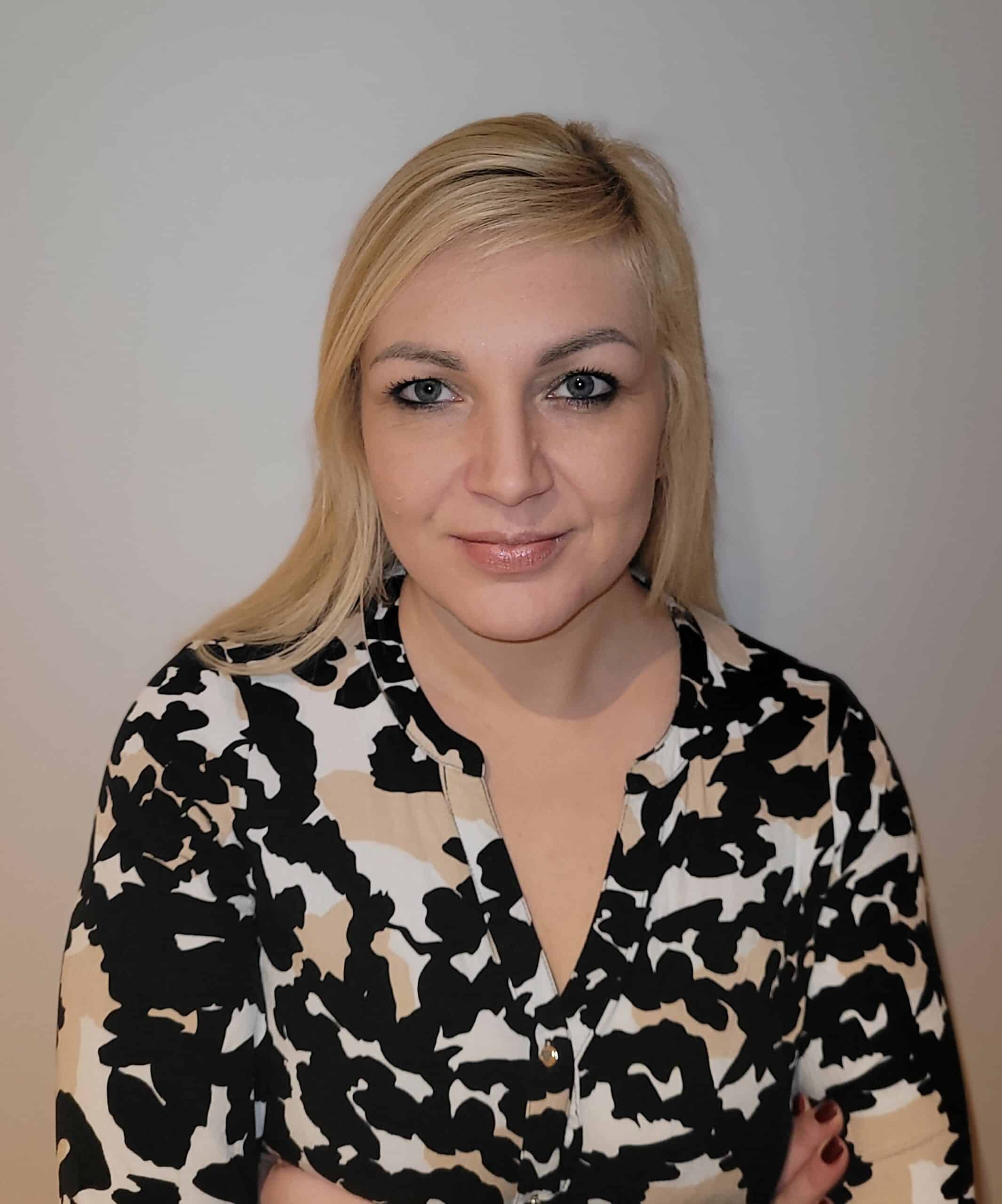
#DidYouKnow
Interreg Baltic Sea Region and the EU Strategy for the Baltic Sea Region
Interreg Baltic Sea Region and EU Strategy for the Baltic Sea Region (EUSBSR) have a lot in common. They are working for the same geographical area to make it greener, more resilient and innovative. Then, naturally, cooperation is at the core of both the Programme and the Strategy. The Strategy sets out the objectives on the macro-regional level: to save the sea, connect the region and increase prosperity. These objectives outline the most important actions across 14 thematically organised policy areas. And this is when the Programme comes into play. It provides funding for fresh ideas that connect different organisations across borders and helps them implement projects across policy areas of the EUSBSR. The Programme cooperates closely with the coordinators of the EUSBSR policy areas. These are national and regional public authorities as well as pan-Baltic organisations. Together, they help the projects reach their best results for the benefit of the whole Baltic Sea region.
Check out!
More recent news
Monitoring the Programme’s progress: transnational cooperation in the making
Representatives from nine Programme area countries gathered in Berlin on 19-20 November 2025 to review the progress of the Programme’s implementation and start preparing for the post-2027 period.
Beyond Borders: Turning Interreg Results into Policy Action
At this year’s EUSBSR Annual Forum in Sopot, the session “Beyond Borders: Interreg Results in Action for a Resilient and Safe Baltic Sea Region” showcased how Interreg Baltic Sea Region projects are transforming challenges into policy-relevant results that strengthen resilience, safety, and cooperation across the region. The session brought together project partners, EUSBSR policy area coordinators, members of the Programme Monitoring Committee and young participants to explore what it takes to turn project outcomes into lasting policy impact.
How territorial cooperation builds us a home: the Baltic Sea region example
A room full of people waving their green and orange cards, prominent panelists on stage, and a clear hero of the day: territorial cooperation, making the Baltic Sea region feel like home. The joint session during this year’s EU Week of Regions and Cities was filled with positive energy, commitment and hopes for the future. What stood out most?
100 project applications: small enough to handle, big enough to matter!
The third call for small projects closed with 100 submitted applications and a whole lot of ambition. From existing challenges to transnational answers, these initiatives are proving that small can be mighty in the Baltic Sea region.



